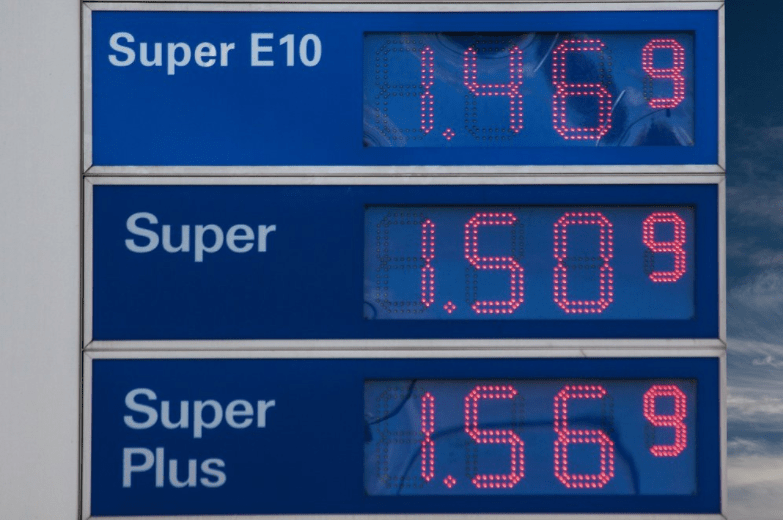BMC Part Ten: Revenue Streams
(If you’re using the Canvas, you’ll love my free Business Modelling eBook, full of tips for inventing and testing ideas that will change the world)
Our business models are built a lot of assumptions - about our Customers and the Value Propositions that they crave.
It’s easy to make big sweeping statements about “Oh, customers will support us because we’re social”
or “People really want a premium version of (our product/service)”
Now we need to support those claims.
It’s not enough to simply list value propositions that sound good, they have to be worth something to our customer.
Price is the test of our value proposition.
It’s about getting customers to say (in the words of Michael Scott):
“Hey man, I love you, this many dollars’ worth”
So when we come to the Revenue Streams box, we’re looking to understand three things:
· What does each customer segment buy?
· How much does each customer spend per transaction?
· How many purchases does each customer (eventually) make?
Armed with this knowledge, we can build a rough financial model and start making decisions about which customers are worth pursuing.
Customers and Items
The first question to ask is: do all of our customers buy the same things, or are they different?
For example, a brand like Apple might sell the same iPad to different segments for different reasons, whereas a company like Ford sells completely different cars to each type of customer.
This helps us understand who is responsible for each type of sale, so we can decide which segments deserve close attention.
Average Purchase Size
We need to understand how much our customer typically spends in a single transaction.
For a café, there’s a difference between the amount spent on a coffee vs coffee and cake vs buying lunch.
For a bookstore, it might be the number of books someone buys at a time – is it different in a physical shop than it is on Book Depository? (It certainly is for me)
We want to learn what triggers each type of purchase, and understand the price sensitivity of each transaction.
This also tells us about how easy it is to up-sell or cross-sell to our customer, depending on their preferences and mindset.
Numbers of Purchases
How often does a happy customer come back?
Will we see them more than once a year?
More than once a quarter?
Or do they need to make three purchases then they’re set for life?
By understanding how customers use our products and services, we can predict their spending patterns and forecast revenue.
We can also design offers and promotions that prompt purchases, such as discounts, VIP specials or rewards for making referrals to new potential customers.
Designing The Price
Once we have an idea as to how our customers behave, we can start designing clever pricing strategies.
There are three main approaches to pricing, and it’s important that we consider all three.
The first is cost-plus pricing.
This is what retailers like supermarkets do, where they take the wholesale cost (or cost of producing the service), add a margin (say 40%), which sets the price for the customer.
If costs go up, so does the price.
The second is market based pricing.
This is where we examine the nearest competitors offering a substitute product/service, and base our pricing on theirs.
We know a rough “acceptable range”, above which we’ll lose customers, and below which we’ll attract customers.
Petrol stations tend to operate in this manner, as do most industries that sell a commodity product.
The third is value based pricing.
This is where you determine how much the item or service is worth to the customer, then set the price accordingly.
This is why drinks at sporting events and music festivals are so expensive, because they’re perceived as being worthwhile at almost any price.
To form a pricing strategy, we need to understand how much it costs to produce each item/service, which gives us a price floor.
We then need to set the price not much higher than direct competitors, and certainly not higher than what customers are happy to pay.
Willing and Able
There are two numbers that need to be determined: how much our customer is willing to pay, and how much they’re able to pay.
These are not the same thing.
Your customer may see great value in what you sell, but not have the budget to buy anything (like me when I walk into a Tesla dealership).
Vice versa, they may have the ability to pay, but a natural aversion to spending certain amounts (like my adamant refusal to pay extra for seat allocation on a budget airline).
We need to have both. We need a willingness to pay, and a demonstrated ability to pay.
If someone is missing one or the other, they might be our Channel or Partner, but not our Customer.
Four questions for your business
· Do our price points confirm our value proposition?
· Do we understand our customer’s purchase behaviour?
· Have we created an appropriate pricing strategy?
· Are our customers both willing to pay and able to pay?
Let's celebrate the completion of your first canvas, and look at ways to strengthen the business in the next part: After Your First Model...
This is a multi-part series on the Business Model Canvas.
If you’d like to jump straight to a particular section, go to:
Overview: How To Use The Business Model Canvas
Desirability: Customer Segments, Value Proposition, Customer Relationships, Channels
Feasibility: Key Resources, Key Activities, Key Partners
Viability: Cost Structure, Revenue Streams
Then once you've made your first Canvas:
Reviewing: After Your First Model, Alarm Bells
Reinventing: Testing, What If?
Improving: Metrics, The Business Model Environment
Extensions: Pitching, Social Impact, Making It Great, What Next?











